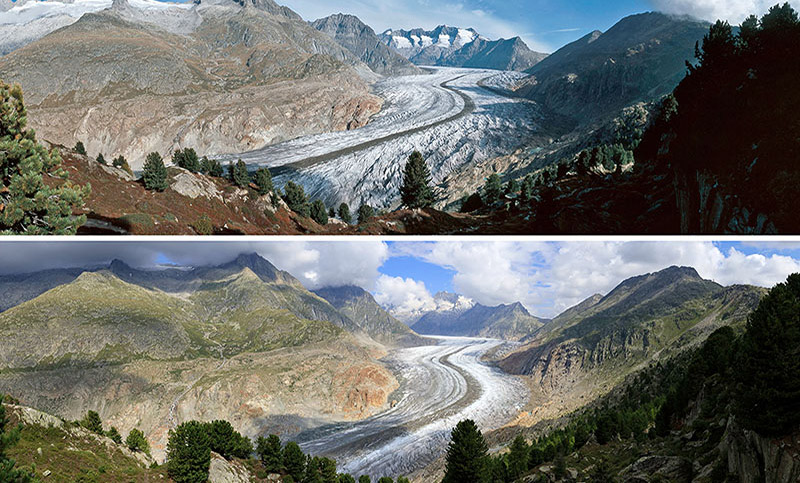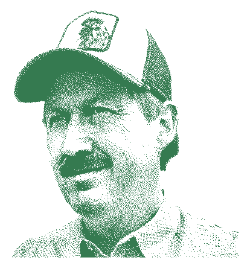#89: Adieu ewig’ Eis
Läuft uns die Zeit davon? Eine Frage und drei Antworten im aktuellen UZH Magazin: Eine davon gibt Michael Zemp, Professor für Glaziologe und Direktor des World Glacier Monitoring Service (WGMS).

Es ist fünf vor zwölf!
Bereits 1897 berechnete der schwedische Wissenschaftler Arrhenius den Einfluss der Treibhausgase auf die Erderwärmung. Doch politische Arena und öffentliche Wahrnehmung erreichte der Klimwandel erst ein Jahrhundert später. Seit 1990 fasst der Weltklimarat regelmässig den Wissensstand zusammen und empfiehlt dringende Massnahmen. Derweil sind die globalen Temperaturen um rund 1°C gestiegen und das ewige Eis beginnt zu schmelzen. Höchste Zeit zu handeln!
Es ist bereits halb eins!
Trotz jährlichen Klimakonferenzen der Vereinten Nationen ist es bisher nicht gelungen, den Ausstoss der Treibhausgase in den Griff zu bekommen. Das Alpenland Schweiz gehört mit zu den am stärksten betroffenen Regionen und verzeichnet einen rund doppelt so schnellen Temperaturanstieg. Als Folge verlor etwa der Grosse Aletschgletscher bereits 3 km an Länge und er muss weitere 6 km zurückschmelzen, um mit dem heutigen Klima in Einklang zu stehen. Dadurch geraten die Talflanken ins Rutschen, der Sommerabfluss verändert sich, und der globale Meeresspiegel steigt. Der Schaden ist angerichtet!
Es ist noch nicht zu spät!
Jetzt sind Anpassung und Schadensbegrenzung gefragt. Verpassen wir das 2-°C-Ziel von Paris, so sind die Alpengletscher Geschichte und wir schlittern in ein globales Experiment mit ungewissem Ausgang. Schaffen wir allerdings die Energiewende bis 2050, finden auch unsere Kinder noch die eisige Zunge des Aletsch, rund 10 km weiter hinten beim Konkordiaplatz. Packen wir’s an!
Michael Zemp
